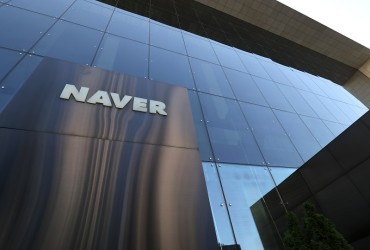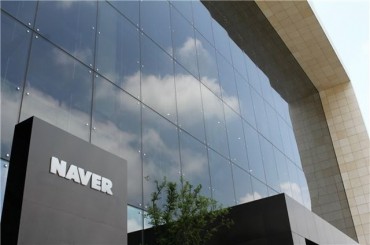
This photo provided by Samsung Electronics Co. shows the company’s P2 fab in Pyeongtaek, south of Seoul, where its NAND flash production line will be established.
SEOUL, May 11 (Korea Bizwire) — NAND flash prices are expected to decline in the second half due mainly to sluggish demand and oversupply, a recent report showed Wednesday, dimming the performance outlooks for major chipmakers.
Industry tracker TrendForce expected the prices of NAND flash wafers to start to decline this month, and the rate could reach up to 10 percent in the third quarter.
It also said NAND supply is likely to overtake demand, fueling prices to go down further.
NAND flash memory is a type of non-volatile storage, which does not need power to keep data. It is used in many consumer electronics, like smartphones and laptops.
Amid high inflation around the world, overall demand for consumer electronics has cooled down. Most people cut back on personal devices, like notebooks, especially as they are coming out of the pandemic-induced stay-at-home trend.
Despite weak demand, Samsung Electronics Co., the world’s largest memory chip maker, is believed to “maintain its capacity expansion plan … to stabilize future plant operations,” TrendForce said, especially after Samsung’s NAND production facilities were “derailed due to the Xi’an lockdown at the end of last year.”
Given the weakening demand and capacity expansion plan by the market’s dominant player Samsung, TrendForce expected the NAND flash market to face oversupply issues in the second half.
The prediction cast a pall over the performance outlooks for Samsung and SK hynix Inc, the world’s second-largest memory chip maker.
Both chipmakers logged record quarterly earnings in the first three months of the year, thanks to robust demand for server chips and a slower-than-expected price drop.
Samsung’s memory division made 26.87 trillion won (US$21 billion) in sales in the January-March period, a record-high quarterly figure. Its operating profit reached 8.45 trillion won, accounting for about 60 percent of the company’s total quarterly profit.
During an earnings call late last month, Samsung predicted demand would “remain relatively solid” in the months to come as “global companies and cloud service providers are increasing their infrastructure investments, as they are moving into new growth areas, such as artificial intelligence and machine learning.”
SK hynix also expected the memory industry “to continue to grow as the volatility of the industry is believed to be kept relatively low.”
(Yonhap)






